Introduction
Neodymium-doped lasers are renowned for their outstanding capabilities in various fields, including scientific research, medical applications, and industrial processes. Three of the most prominent types are Nd:YAG, Nd:YVO4, and Nd:GdVO4. This article will delve into the battle of these green giants, helping you understand their features, benefits, and ideal applications.
What is a Neodymium-Doped Laser?
Before embarking on the comparison journey, it’s essential to understand what a Neodymium-doped laser is. Neodymium, a rare earth element, when doped into various host crystals such as YAG, YVO4, and GdVO4, enhances the laser material’s performance.
Nd:YAG Lasers: The Old Faithful
The enduring Nd:YAG lasers have served industries and researchers for decades, proving their value time and time again through their reliable and high-powered light emissions in the infrared spectrum. Their longevity and broad application are mainly attributed to their two significant advantages: impressive stability and substantial output power. These factors combined make Nd:YAG lasers an ideal choice for applications that demand robustness and durability, typically found in heavy-duty applications.
The underlying mechanics of Nd:YAG lasers involve a complex yet fascinating interplay of physics and material science. Central to the operation of these lasers is the host crystal, Yttrium Aluminum Garnet (YAG). This crystal is doped with Neodymium ions, leading to an interesting phenomenon. Once the Neodymium ions are introduced into the YAG crystal lattice, they interact with incident light in a way that produces a laser with a wavelength of 1064 nm, within the infrared spectrum.
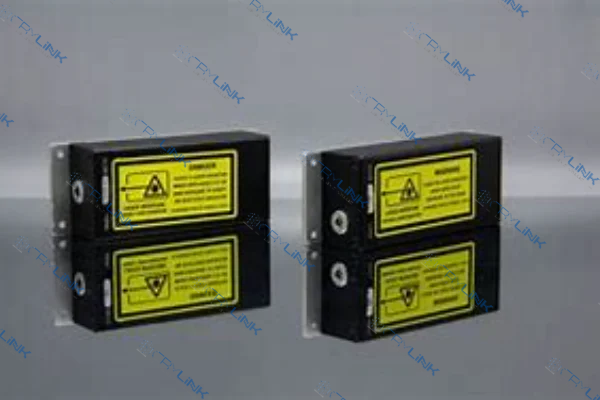
However, Nd:YAG lasers are not limited to producing infrared light. They can also emit green light, which is achieved through a process known as frequency doubling. In frequency doubling, the wavelength is halved, effectively converting the 1064 nm infrared light into 532 nm green light. This makes Nd:YAG lasers a versatile tool, able to generate different light emissions as required, thus further broadening their range of applications.
Nd:YAG lasers are the backbone of several sectors due to their high power output. A key area of application is in manufacturing. Here, Nd:YAG lasers play an instrumental role in various materials processing tasks. With their high power output, they can effortlessly cut through materials of varying thicknesses, making them a popular choice in industries that require precision cutting. Nd:YAG lasers also shine in welding applications, where they can create strong, reliable joints, an integral part of many manufacturing processes. Moreover, their high precision makes them ideal for marking applications where they are used to etch important information onto various components.
The value of Nd:YAG lasers also extends to the field of medicine. They have revolutionized several surgical procedures, introducing a level of precision and control previously unattainable. Their high-power output can be harnessed to make precise cuts, a feature utilized in various surgical procedures. In addition to this, Nd:YAG lasers are a mainstay in cosmetic procedures. They have given rise to new treatment methodologies, making procedures more efficient and less invasive, thus improving the outcomes for millions of patients worldwide.
In essence, Nd:YAG lasers, despite being around for decades, continue to prove their importance across different sectors. Their unique blend of stability, high output power, and flexibility to switch between infrared and green light output makes them an indispensable tool in manufacturing and medical fields. Their applications continue to grow as technology advances, making them not just the old faithful but also a laser technology that will continue to be relevant in the future.

Nd:YVO4 Lasers: The Efficient Worker
In the world of neodymium-doped lasers, the Nd:YVO4 laser stands as the paragon of efficiency and speed. Earning the moniker ‘The Efficient Worker’, it has carved out a niche in high-speed applications, consistently outperforming other lasers in tasks that demand rapid scanning or high repetition rates. Its unmatched prowess in these areas is primarily due to the unique properties of the Yttrium Orthovanadate (YVO4) crystal, which forms its core.
The Nd:YVO4 laser’s operation revolves around the host crystal – Yttrium Orthovanadate (YVO4). The YVO4 crystal, once doped with neodymium ions, exhibits an impressively high absorption and emission cross-section. This feature indicates that the laser medium can absorb and re-emit incident light more efficiently than other laser media, such as YAG. This quality translates to more efficient conversion of pump light into laser light, allowing for higher power outputs and faster lasing action. This efficient performance contributes significantly to the Nd:YVO4 laser’s high-speed capabilities, distinguishing it in applications that require speed and efficiency.
One of the remarkable strengths of Nd:YVO4 lasers is their ability to excel in precision applications. This is largely due to the high beam quality they offer, which enables the delivery of concentrated energy to a very small area. The high degree of precision makes Nd:YVO4 lasers an excellent choice for delicate tasks such as engraving and etching. Whether it’s intricate detailing on jewelry or precision marking on electronic components, Nd:YVO4 lasers deliver with unmatched precision and consistency.
Furthermore, Nd:YVO4 lasers are ideally suited to high-speed scanning applications, given their ability to maintain a high repetition rate without compromising on performance. In industries where time is of the essence and large volumes of materials need to be processed quickly, such as in electronics manufacturing or textile production, Nd:YVO4 lasers have proven to be game-changers.
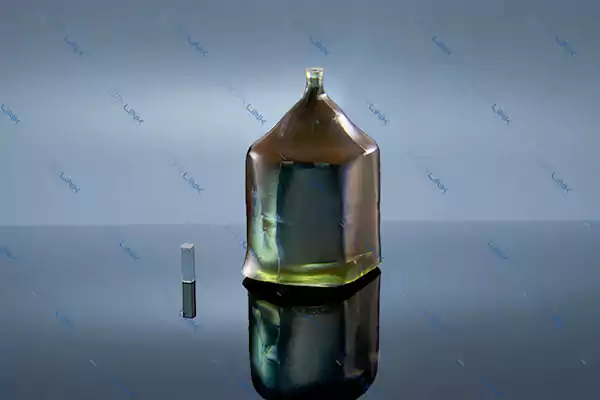
Beyond engraving, etching, and scanning, Nd:YVO4 lasers play a crucial role in pumping Ti:sapphire lasers. This might seem like a very niche application, but it’s a field where the efficiency of Nd:YVO4 lasers truly shines. Ti:sapphire lasers are known for their broad tunability and short pulse durations, making them highly desirable in various scientific research applications. However, they need to be pumped by another laser to operate, and the high efficiency of Nd:YVO4 lasers makes them the perfect candidate for this role. By using Nd:YVO4 lasers as pump sources, researchers can get the most out of their Ti:sapphire lasers, contributing to advances in fields ranging from quantum physics to biomedical research.
In essence, the Nd:YVO4 laser, with its speed and efficiency, has established itself as an irreplaceable tool in various sectors. Its exceptional ability to handle high-speed applications, its precision in engraving and etching tasks, and its unparalleled performance as a pump laser for Ti:sapphire lasers, all stem from the unique properties of the YVO4 crystal. This not only underscores the importance of the right choice of host crystal in the design of lasers but also cements the position of Nd:YVO4 lasers as the workhorses in a diverse array of applications.
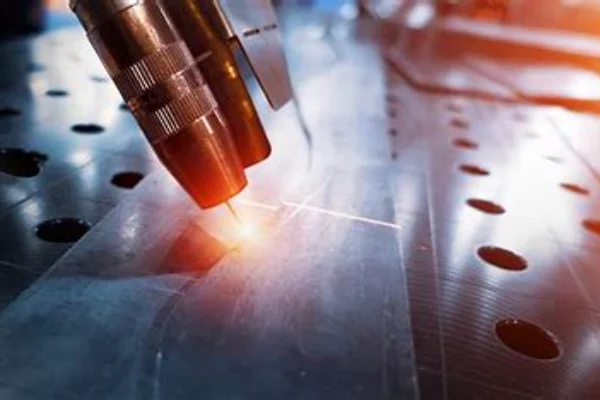
Nd:GdVO4 Lasers: The New Contender
Among the contenders in the realm of green lasers, the Nd:GdVO4 laser has emerged as a relatively new, yet promising, player. It boasts an amalgamation of the most desirable features of its well-established counterparts, the Nd:YAG and Nd:YVO4 lasers, bringing together high output power, broad absorption bands, and admirable thermal conductivity. This combination presents an enticing option that bridges the gap between power and versatility, making the Nd:GdVO4 laser an exciting development in the field.
The heart of the Nd:GdVO4 laser is the Gadolinium Orthovanadate (GdVO4) crystal. As with other neodymium-doped lasers, the GdVO4 crystal is laced with neodymium ions to facilitate the lasing process. The GdVO4 crystal distinguishes itself by its broad absorption bands, a characteristic that enables the absorption of light over a wider range of wavelengths. This translates to the capacity to generate high-power laser beams with remarkable stability, a valuable trait in many applications.
The broad absorption bands also result in better pump efficiency. In simpler terms, it means that the Nd:GdVO4 laser can convert a higher proportion of the incident pump light into useful laser light, contributing to its high output power. This characteristic is further enhanced by the GdVO4 crystal’s high thermal conductivity, allowing the crystal to dissipate heat effectively. As a result, even under high-power operations, the Nd:GdVO4 laser maintains its stability and performance.
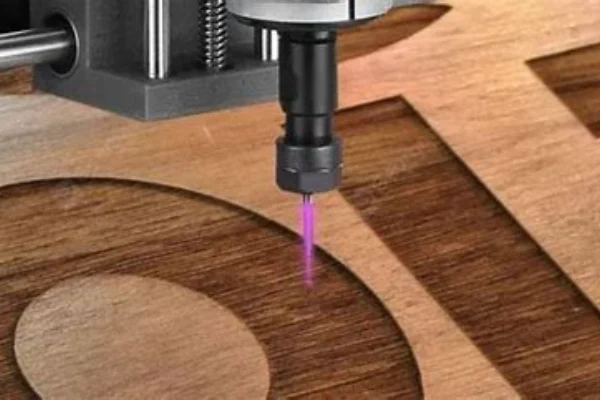
The unique combination of high output power, broad absorption bands, and impressive thermal conductivity has opened a world of possibilities for Nd:GdVO4 lasers. Medical imaging is one such field where these lasers have made a significant impact. The high-power and stable laser beams enable the generation of high-resolution images, providing physicians with the accurate and detailed information they need to make informed decisions about patient care.
In the realm of scientific research, Nd:GdVO4 lasers have facilitated breakthroughs by providing a reliable and powerful source of laser light for various experiments and studies. The high power and stability of the laser light have allowed researchers to conduct complex studies with more precision and accuracy, leading to more reliable and robust findings.
The versatility of Nd:GdVO4 lasers also extends to the field of laser displays. Their high output power and wide absorption range make them an ideal choice for creating vibrant and high-resolution displays, whether it’s in the entertainment industry, advertising, or other public displays. Their stable performance even under high-power operations ensures consistent and reliable display quality, making them a popular choice for professional-grade displays.
Moreover, the unique properties of Nd:GdVO4 lasers have sparked interest in their use in high-power laser projection systems. Given their ability to produce high-power, stable laser beams, they hold great promise for the next generation of projection systems, offering the potential for higher resolution and more vibrant colors.
In conclusion, the Nd:GdVO4 laser, with its fusion of high output power, broad absorption bands, and good thermal conductivity, has rapidly established itself as a significant contender in the world of green lasers. Its unique properties and capabilities have seen it find application in diverse fields, from medical imaging to scientific research, laser displays, and laser projection systems. Despite being a newer entrant, it’s quickly proving to be a robust and versatile tool, demonstrating the exciting potential of green laser technology.
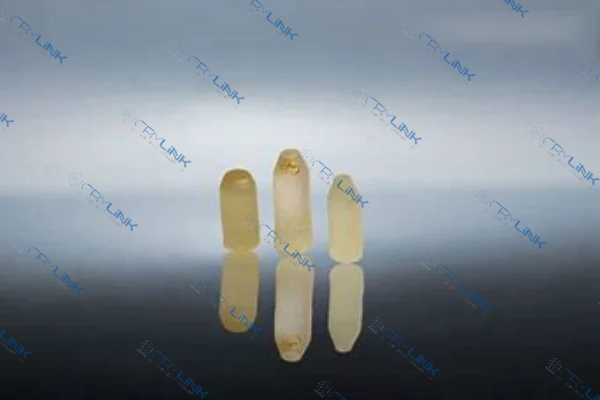
The Battle of Efficiency and Stability
When it comes to choosing between Nd:YAG, Nd:YVO4, and Nd:GdVO4 lasers for green laser applications, the decision often boils down to the balance between efficiency and stability.
Conclusion
In the battle of the greens, each neodymium-doped laser brings its unique strengths to the table. While the Nd:YAG, Nd:YVO4, and Nd:GdVO4 lasers have their advantages and ideal applications, the ultimate decision depends on the specific requirements of the application. By understanding these differences, you can make an informed choice that will best suit your green laser needs.
FAQs
- What is a neodymium-doped laser?
Neodymium-doped lasers are those where a host crystal is doped with Neodymium ions, enhancing the laser’s performance. - How does an Nd:YAG laser work?
In an Nd:YAG laser, the host crystal, Yttrium Aluminum Garnet, is doped with Neodymium ions, producing a laser with a wavelength of 1064 nm. Green light is obtained through frequency doubling. - What are the applications of Nd:YVO4 lasers?
Nd:YVO4 lasers are used in applications requiring high efficiency and speed. This includes engraving, etching, high-speed scanning, and pumping Ti:sapphire lasers. - Why choose Nd:GdVO4 lasers?
Nd:GdVO4 lasers combine the best features of Nd:YAG and Nd:YVO4 lasers, offering high output power, broad absorption bands, and good thermal conductivity. - Which neodymium-doped laser should I choose for green laser applications?
The choice depends on your specific application. Nd:YAG is best for high-power applications, Nd:YVO4 for high-efficiency applications, and Nd:GdVO4 for a blend of power, efficiency, and stability.

Frank
Frank graduated from the University of Shanghai for Science and Technology, majoring in optics. As a technical engineer at Crylink Company, he deeply understands crystal materials and laser components.
Related Video(s) with this Article
Related Product(s) with this Article
Related Application(s) with this Article
